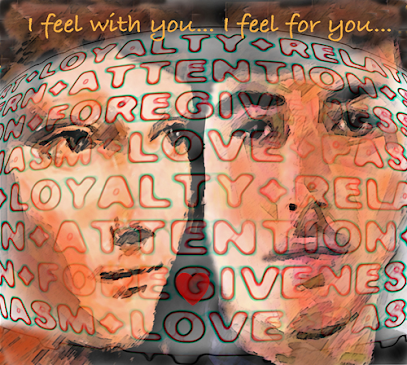Paradigms and Paradoxes in Multicultural Education
In North America, proponents of multicultural education posit it as an instrumental pedagogy for cultivating intercultural comprehension. They envision this educational model as a primary mechanism for unifying disparate demographics and engendering a societal fabric distinguished by tolerance, empathy, and reciprocal esteem. Despite this consensus on its ultimate purpose, substantial contention and methodological divergence persist regarding its optimal implementation, giving rise to a sophisticated and ongoing debate among educators and social theorists.
The most conservative iteration of this educational philosophy advocates for the dissemination of knowledge about diverse cultures within established academic institutions. This pedagogical model operates squarely within the normative framework of the dominant culture, whose values and perspectives are treated as the default. Proponents of this method contend that while students should indeed be exposed to other cultures, the exploration of these cultural systems ought to be conducted through the analytical lens and axiological standards of the majority, which are typically predicated on liberal tenets such as democracy, tolerance, and individual equality.
Detractors of this initial paradigm argue persuasively that authentic cultural appreciation is fundamentally precluded when subjected to the inherent biases of the dominant cultural perspective. This critique is anchored in the observation that the liberal values championed by the majority are not universally subscribed to across all societies, each of which possesses a unique value system derived from distinct historical and social trajectories. Consequently, they assert that the intricate subtleties of these divergent axiological systems are rendered incomprehensible and are invariably diminished when their examination is circumscribed by a hegemonic worldview.
In response to such critiques, a more sophisticated model of multicultural education has been articulated. This subsequent approach advocates for a posture of axiological neutrality, positing that no single culture's values should serve as the definitive metric for assessing others; rather, each should be apprehended on its own terms. Nevertheless, critics highlight that the methodological apparatus employed for this "neutral" analysis and explication remains inexorably anchored in the Western academic tradition, drawing from disciplines like anthropology and sociology, which reflect a distinctly Western scientific heritage.
This second framework is not without its own censures. Critics contend that the Western scientific heritage inherently privileges specific epistemological virtues—such as objectivity, logical coherence, and empirical verification—while subordinating subjective, intuitive, and mystical modes of understanding. This preference reveals that the social-scientific methodology is not value-neutral but is itself laden with implicit values, rendering this approach functionally indistinct from the first. To insist upon interpreting non-scientific cultures through a scientific lens is seen as a distorting act of Eurocentric cultural chauvinism. Real understanding, this final critique maintains, can only be achieved through an authentic embrace of the unique epistemological frameworks and indigenous methodologies of the cultures under study.
WORDS TO BE NOTED -
-
Proponents: People who support or advocate for an idea.
-
Pedagogy: The method, practice, and theory of teaching.
-
Disparate: Fundamentally different or distinct from each other.
-
Engendering: Causing or giving rise to a feeling, situation, or condition.
-
Iteration: A new version or repetition of a process or idea.
-
Axiological: Relating to values or the study of values.
-
Detractors: People who criticize or speak against something; critics.
-
Hegemonic: Ruling or dominant in a social or political context.
-
Epistemological: Relating to the theory of knowledge (what we know and how we know it).
-
Eurocentric: Focusing on European culture or history while excluding a wider worldview.
PARA SUMMARY -
The passage discusses the debate on the best way to teach multicultural education. One early idea was to teach about other cultures, but judge them using the values of the dominant Western culture, such as democracy and equality. Critics argued this was biased and wouldn't lead to real understanding since not all cultures share these values.
A second, revised approach suggested studying each culture neutrally, on its own terms. However, critics also found fault with this method. They pointed out that it still relies on Western academic and scientific methods, which value logic and objective proof. This approach ignores other valid ways of understanding the world, like tradition, myth, or spirituality, which are central to many non-Western cultures. The critics conclude that using Western science to interpret all cultures is still a form of cultural bias, and true understanding only comes from embracing a culture's own unique perspectives.
SOURCE- RESEARCHGATE ARTICLE
WORDS COUNT- 550
F.K SCORE- 14




Comments
Post a Comment